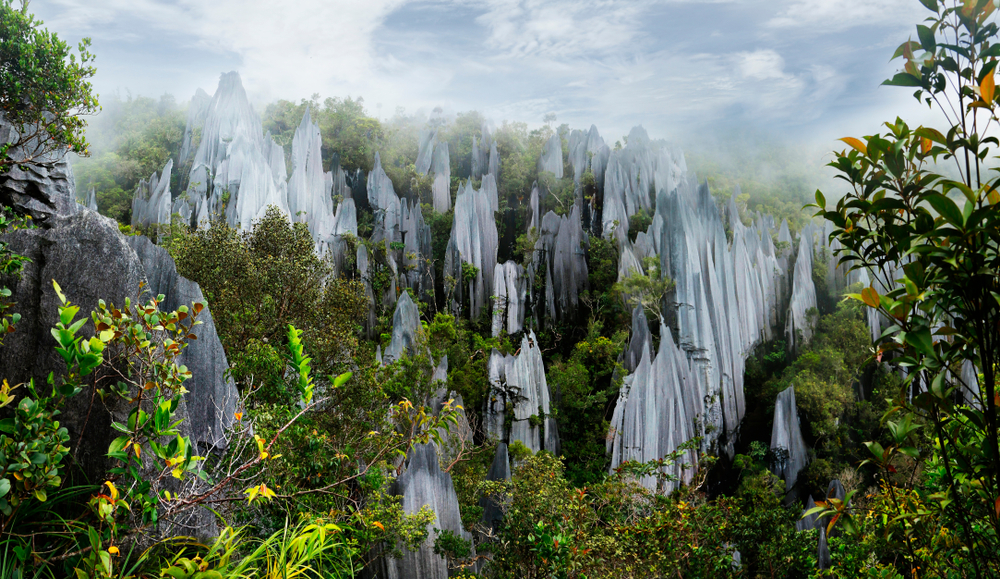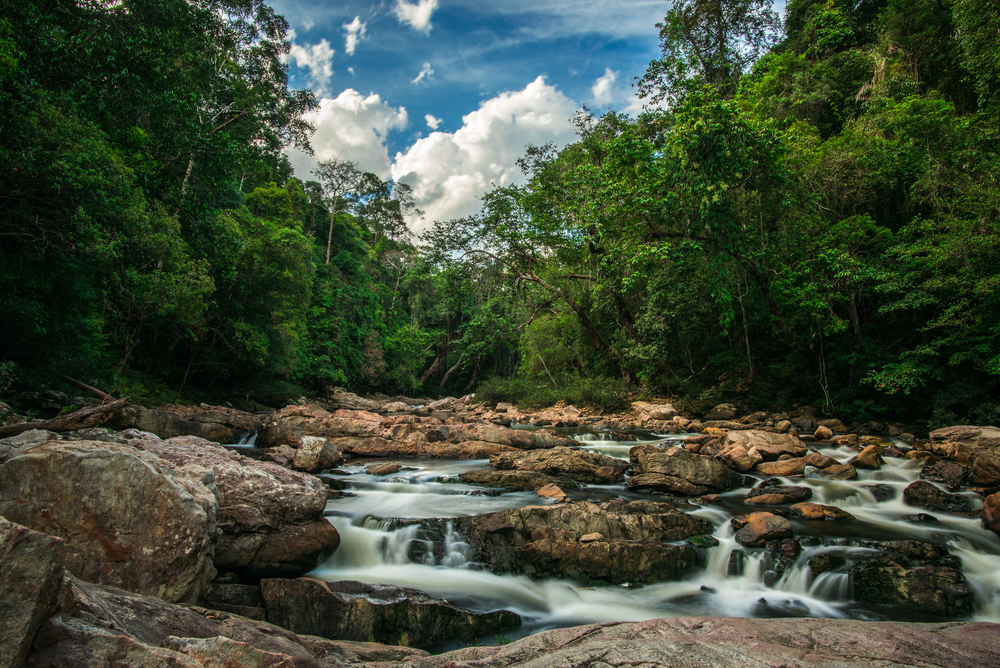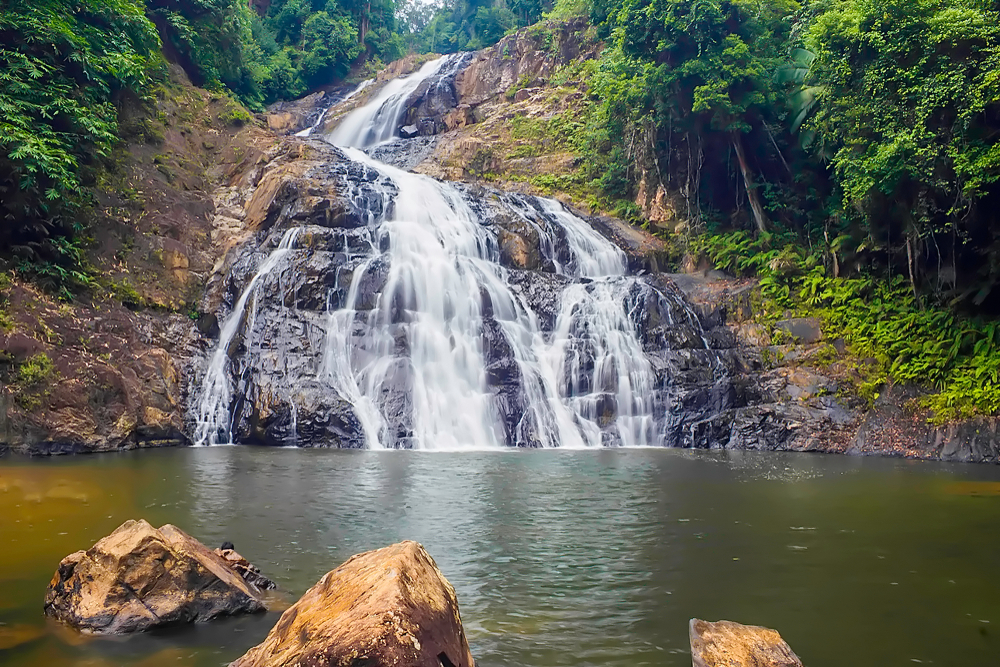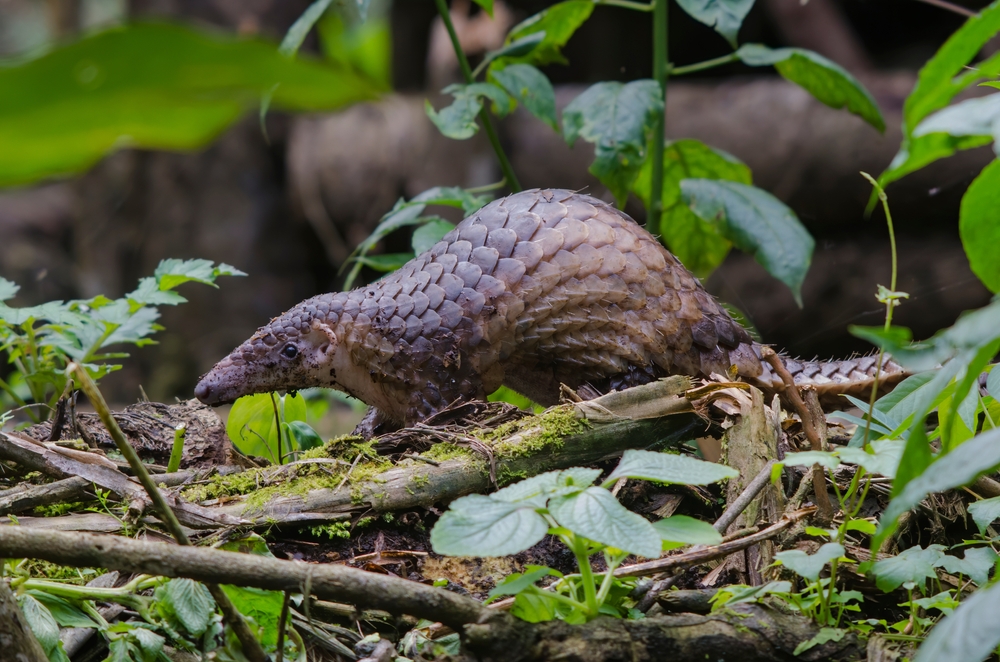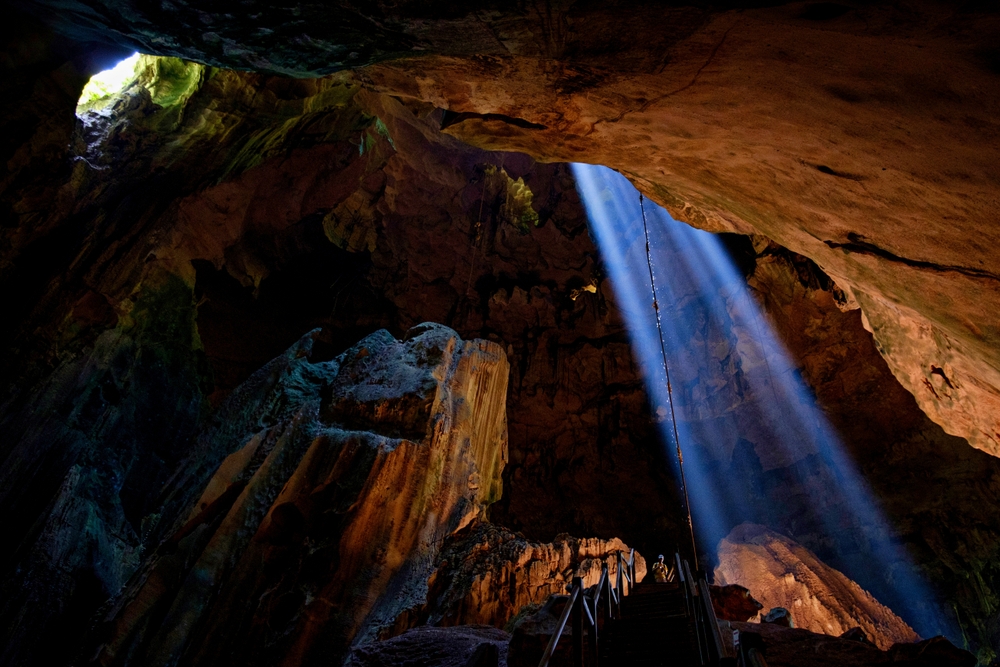Pulong Tau Overview
Pulong Tau National Park, locally known as Taman Negara Pulong Tau, is a pristine wilderness located in northern Sarawak, Malaysia. Covering an area of approximately 355 square miles (919 square kilometers), the park is a treasure trove of biodiversity and stunning landscapes. Nestled within the heart of the Kelabit Highlands, this remote and relatively untouched national park serves as a vital haven for rare and endemic species while offering visitors a glimpse into the extraordinary natural and cultural heritage of Borneo.
The terrain of Pulong Tau National Park is predominantly mountainous, with rugged peaks and valleys carved by time and natural forces. Among its most prominent features are the Tamabo and Batu Lawi mountains, the latter holding spiritual significance for the local Kelabit and Lun Bawang peoples. Batu Lawi, in particular, comprises two towering peaks, affectionately referred to as “Male” and “Female.”
The park’s dense rainforest, interspersed with montane forests and alpine meadows, is a stunning spectacle of greenery. Towering dipterocarp trees dominate the lowland forests, while moss-covered trees, orchids, and ferns thrive in the cooler, high-altitude zones.
The park is a biodiversity hotspot, home to an array of wildlife. Keen observers might catch a glimpse of the elusive clouded leopard, Bornean gibbons, or the Malayan sun bear. Other notable mammals include the Bornean pygmy elephant and the endangered pangolin.
Bird enthusiasts are drawn to the park for its impressive avian diversity, with species such as hornbills, pittas, and the striking blue-banded pitta making their homes here. The calls of birds and the occasional rustle of animals are constant companions as visitors traverse the park’s trails.
Pulong Tau is rich in natural attractions that captivate explorers. The trails leading to Batu Lawi are a favorite among trekkers, offering challenging climbs and rewarding views. Crystal-clear rivers meander through the park, and hidden waterfalls add to its enchanting beauty.
Visitors can also encounter the indigenous Kelabit and Lun Bawang communities, who live in longhouses on the park’s fringes and share their rich traditions and knowledge of the land with those who venture into their territories.
Trekking is the most popular way to experience Pulong Tau National Park, with trails that range from leisurely walks to demanding multi-day expeditions. The Batu Lawi climb is a highlight, though it requires experienced guides and physical endurance. Visitors also engage in birdwatching, photography, and cultural tours to better understand the harmonious relationship between the local communities and their environment.
Despite its natural wealth, Pulong Tau faces conservation challenges, including threats from illegal logging and habitat destruction. However, the park management, local communities, and conservation groups are actively working to preserve this gem. Their efforts have resulted in improved protection measures, awareness campaigns, and the integration of indigenous knowledge into conservation strategies, ensuring the park’s resilience against ecological threats.











































































